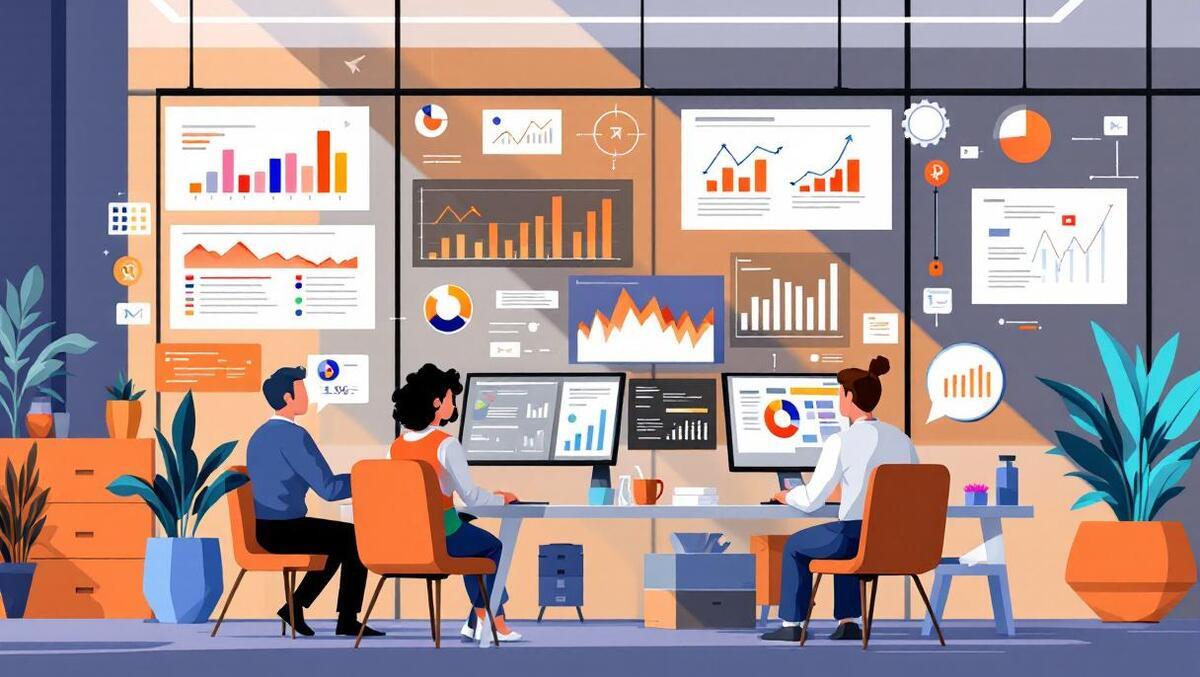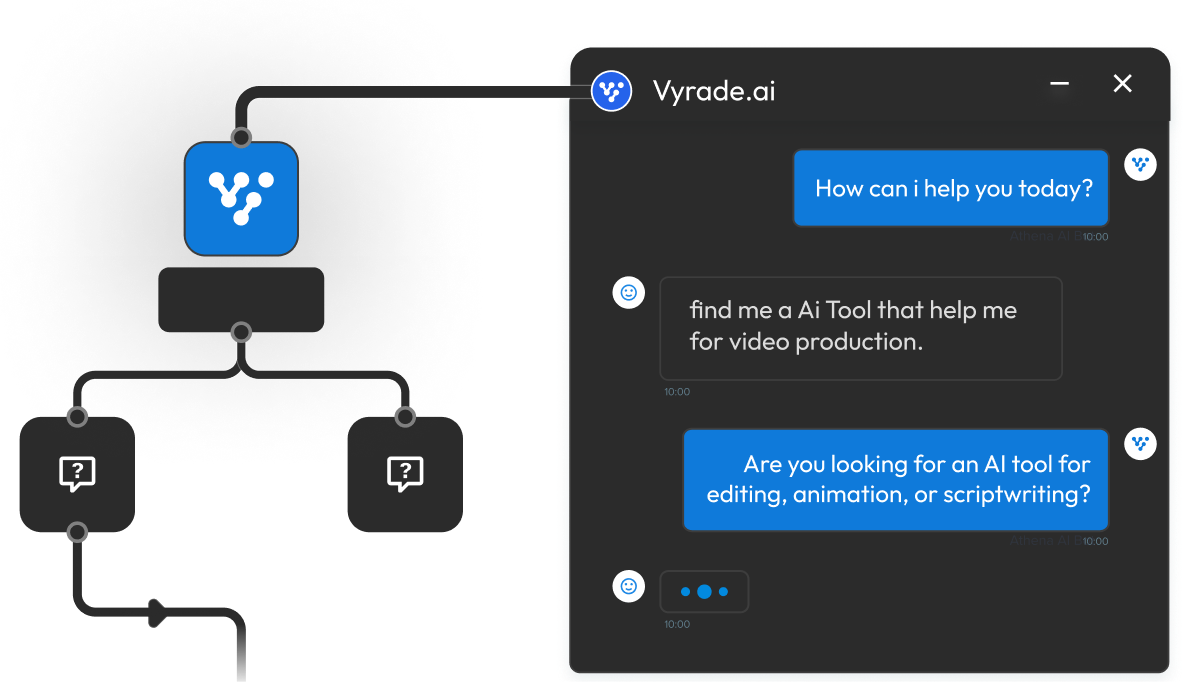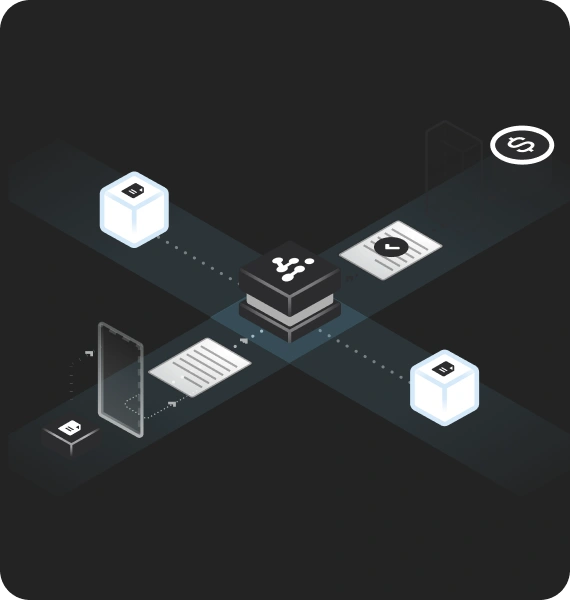Artificial Intelligence (AI) has revolutionized various industries, from healthcare to social media platforms like Instagram. However, the recent launch of the autonomous AI coding tool Jules from Google has sparked a debate on the potential misuse and risks associated with AI tools, particularly in sensitive areas such as women’s health care. Sam Altman, CEO of the AI firm, Open.ai, has warned about these risks following a backlash against certain models. This post delves into the background of these issues, explores current trends, provides insights, and forecasts future developments in AI regulation and application.
AI technology holds transformative potential. The rapid diffusion across industries shows its capability to solve complex problems. However, the tools we build to support us need to be rightly taught. When the choice of data revolves around a single section of the community. AI models fail to detect nuances in other segments of society. An example presents itself in the observation of L.I.F.T, where a survey showed prejudices against fair skin in a beauty device.
Background on AI Tools and Bias
The rapid advancement of AI tools has brought about unprecedented conveniences and efficiencies. However, these tools are not immune to biases. Bias in AI can manifest in various ways, including gender bias in women’s health care. This bias can lead to misdiagnoses, unequal treatment, and even harmful outcomes.
Google’s autonomous AI coding tool Jules, is another example of AI’s rapid integration into daily life. It showcases the potential capabilities of AI in transforming coding practices. However, as highlighted by Sam Altman,
“It’s like building a super-weapon that sunglasses-wearing policemen carry.-carelessly” (Sam Altman in pursuit of AGI). Creating or deploying any AI tool carries serious risks. Healthcare providers and patients are deeply concerned about gender bias in AI diagnostics for women’s health care.
A 2020 American Machine Learning study found that, in critical healthcare applications like health-risk predictions, there were statistical disparities along the lines of gender. It showed that positive predictive value (PPV) for women was markedly lower than men by as much as 20% with the model flagging symptoms as non-threatening when compared to a similar situation with men. Such insensitivity towards the different behavioural and physiological makeups of genders could be an Achilles heel for any Women’s Helathcare based AI tool.
AI Use and Gender Bias Concerns in Healthcare
Gender bias in healthcare AI is a critical issue. AI tools and models are typically trained on large datasets that may not accurately represent diverse populations. For instance, an AI algorithm developed exclusively on male patient data might misdiagnose female patients, leading to adverse health outcomes. Sam Altman’s warnings underscore the urgency to address these disparities.
Modifying AI models trained solely on male-dominant datasets to include diverse samples can be complex and resource-intensive. Nevertheless, neglecting this issue could result in more harmful biases, causing widespread mistrust in AI systems.
Researchers from the Radiation safety research centre, India, observe that 1 in 3,000 doses of radiotherapy administered could be bearing avoidable risks, assuming that Cancer is equally distributed between both genders. It has been observed from research that Cancer among men was treated at total times the effort expended in Cancer treatment in women. While this is not compelling enough to give the headline, the scant attention is presumable due to an oversight of AI diagnostics in Women health care.
Current Trends in Managing AI Bias
There are several emerging practices to mitigate AI bias:
1. Diverse Data Collection: Ensuring that training datasets are representative of all population groups, including women, is crucial.
2. Regular Audits: Conducting regular bias audits of AI models to identify and correct any biases.
3. Inclusive Design: Involving diverse stakeholders, including women in healthcare, in the design and development of AI tools.
4. Educational Programs: Raising awareness about AI bias among healthcare professionals and the general public to promote vigilant use of AI-diagnostic tools.
Innovations in AI also include features like Instagram Map—a tool that highlights the presence and impact of social media algorithms in our lives. While such tools offer valuable insights into societal trends, they also bring attention to the potential misuse if improper measures are not enforced. Google maps’ gradual intelligence feeds into managing local polls and has more data to support immigration roadblocks, demonstrating AI use in governments.
Insights on Safeguarding AI Tools
In an era where AI continues to penetrate nearly every sector:
– It’s imperative to foster a culture of transparency.
– Companies should prioritize ethical considerations.
– Governments and regulatory bodies should collaborate with AI developers.
– Continuous learning and adaptation should be a core component in developing AI solutions.
– Communicating concerns about AI inclusion and biases are inferred as the heartbeat of discussion, allowing all stakeholders to play a role in shaping policies. Organisations such as the UN should step up awareness towards AI safety laws, and AI regulation.
Forecast on AI in Healthcare
As AI continues to evolve, several measures are expected to come into play, such as:
1. Routine Compliance Checks: AI models and tools will likely undergo mandatory compliance checks to ensure they adhere to ethical standards.
2. Public Disclosure: Companies may be required to disclose any biases identified in their AI models, providing transparency to users and regulators.
3. Inclusive Policy Frameworks: Governments are expected to develop comprehensive policy frameworks that prioritize fairness and inclusivity in AI applications.
4. Human-AI Collaboration: The future may see a greater emphasis on human oversight to complement AI decision-making, ensuring a balance between technological efficiency and ethical considerations.





